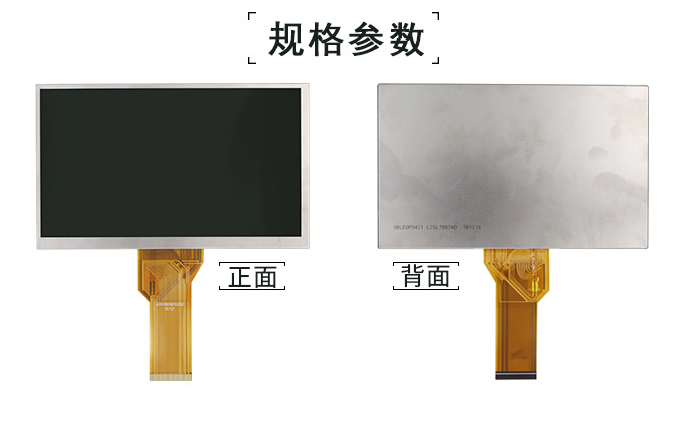In the realm of electronics, the electronic switch stands as a pivotal component, facilitating the control of electrical currents in a myriad of applications. From simple household devices to complex industrial machinery, understanding how an electronic switch works is essential for anyone delving into the world of electronics. This article aims to provide a comprehensive overview of electronic switches, exploring their mechanisms, types, and applications, while adhering to best practices for search engine optimization.
Understanding the Basics of Electronic Switches
At its core, an electronic switch is a device that can open or close an electrical circuit, thereby controlling the flow of current. Unlike mechanical switches, which rely on physical movement to make or break a connection, electronic switches utilize semiconductor materials to achieve this function. This fundamental difference allows electronic switches to operate faster, consume less power, and provide greater reliability.
The Mechanism Behind Electronic Switches
Electronic switches operate based on the principles of semiconductor physics. The most common types of electronic switches include transistors, thyristors, and MOSFETs (Metal-Oxide-Semiconductor Field-Effect Transistors). Each of these components has unique characteristics and operational principles:
- Transistors: A transistor can be thought of as a gatekeeper for electrical signals. It consists of three layers of semiconductor material, typically silicon, which form two p-n junctions. When a small input current is applied to the base terminal, it allows a larger current to flow between the collector and emitter terminals. This property makes transistors ideal for amplification and switching applications.
- Thyristors: Thyristors are four-layer semiconductor devices that can control high voltages and currents. They remain in the 'on' state once triggered, even if the input signal is removed. This latching behavior is particularly useful in applications such as motor control and power regulation.
- MOSFETs: MOSFETs are widely used in digital circuits due to their high efficiency and fast switching speeds. They operate by applying a voltage to the gate terminal, which creates an electric field that controls the flow of current between the drain and source terminals. The ability to switch on and off rapidly makes MOSFETs essential in applications ranging from power supplies to microprocessors.
Types of Electronic Switches and Their Applications
Electronic switches can be categorized based on their operational characteristics and applications:
- Analog Switches: These switches can handle continuous signals and are often used in audio and video equipment. They allow for the routing of signals without significant distortion.
- Digital Switches: Digital switches, such as transistors and MOSFETs, are used in digital circuits to control binary signals. They are integral to the functioning of computers, smartphones, and other digital devices.
- Solid-State Relays (SSRs): SSRs are electronic switches that use semiconductor devices to perform the switching function, eliminating the need for moving parts. They are commonly used in automation systems and industrial control applications due to their reliability and speed.
Advantages of Electronic Switches
The advantages of electronic switches over their mechanical counterparts are numerous:
- Speed: Electronic switches can operate at much higher speeds, enabling faster data processing and control in electronic devices.
- Durability: With no moving parts, electronic switches are less prone to wear and tear, resulting in longer lifespans and reduced maintenance costs.
- Power Efficiency: Electronic switches consume less power, making them ideal for battery-operated devices and energy-efficient applications.
- Size and Integration: The compact nature of electronic switches allows for greater integration in circuit designs, facilitating the development of smaller and more powerful devices.
Conclusion
In conclusion, electronic switches are fundamental components in modern electronics, enabling the control of electrical currents with precision and efficiency. By understanding the mechanisms and types of electronic switches, engineers and hobbyists alike can harness their capabilities to innovate and improve electronic systems. As technology continues to evolve, the role of electronic switches will undoubtedly expand, paving the way for advancements in various fields, from consumer electronics to industrial automation.

